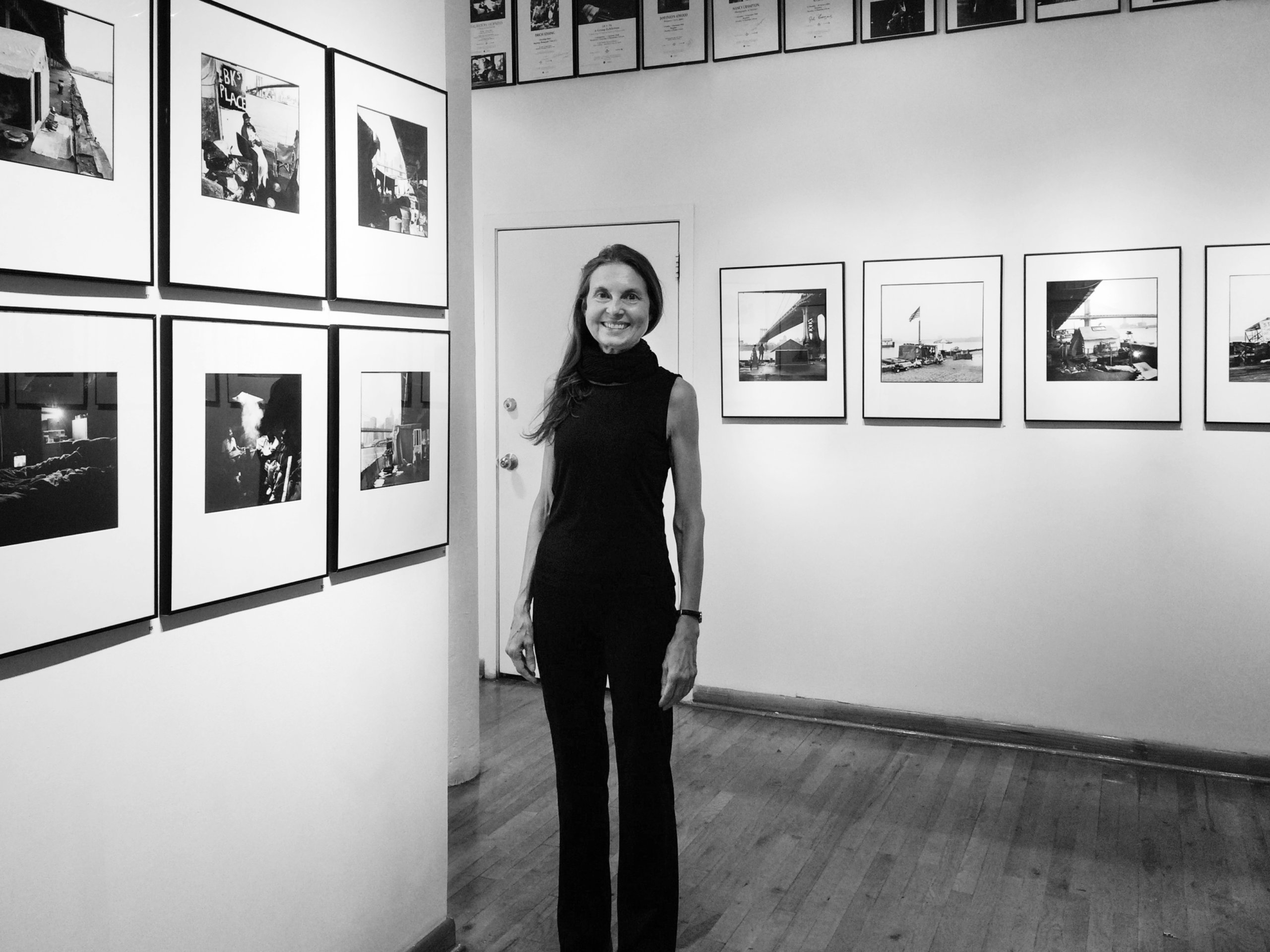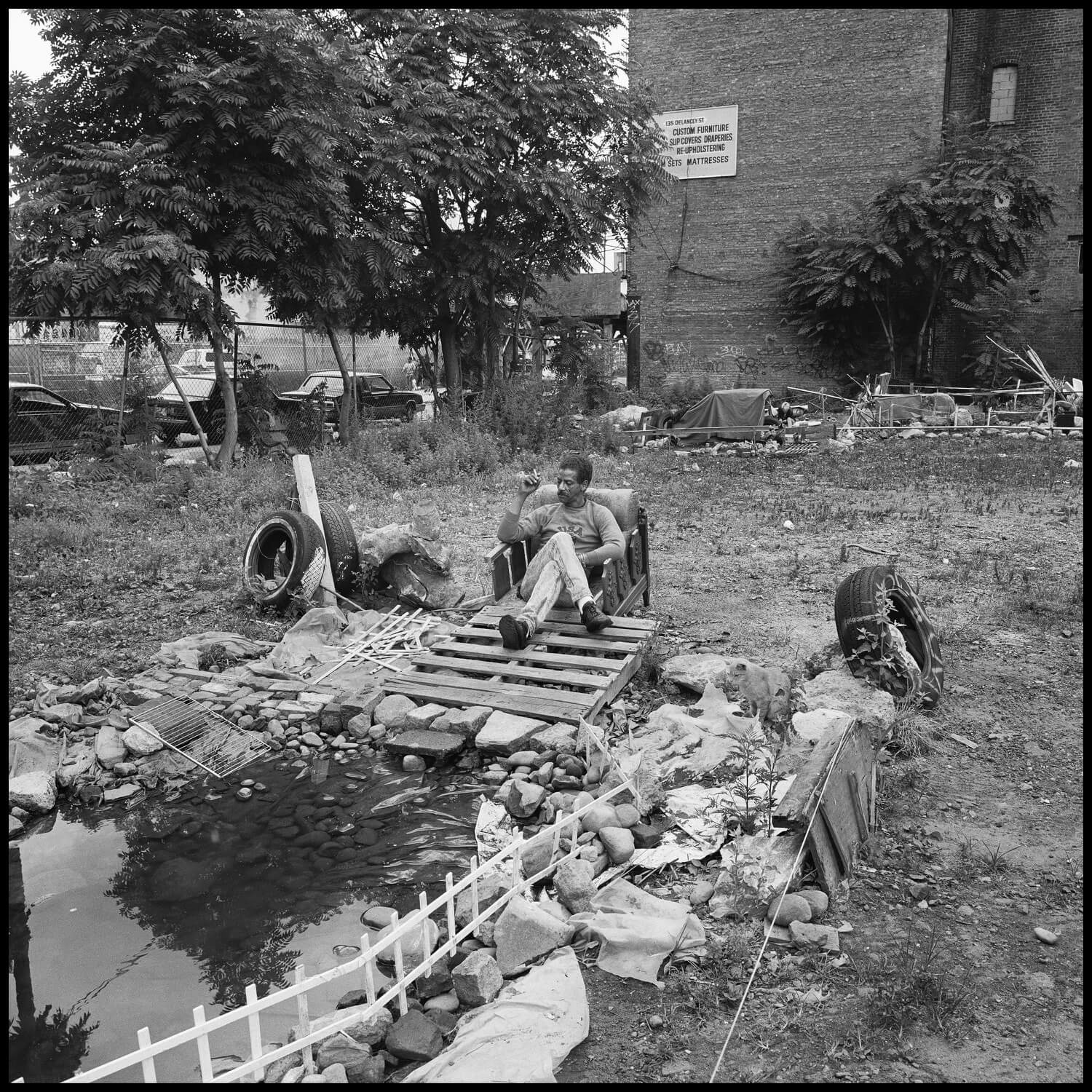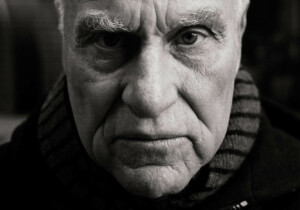Margaret Morton, a Cooper Union professor and photographer who shot New York City’s homeless populations and vacant architectural treasures, has died at the age of 72 of leukemia. The Cooper Union announced her death in an Instagram post on June 29, two days after her passing.
Morton, born October 16, 1948, in Akron, Ohio, graduated first from Kent State in 1970 before going on to receive an M.F.A. from the Yale University School of Art in 1977. Only three years later Morton would move to New York and begin teaching at the Cooper Union, becoming a tenured professor of photography and graphic design in 1985.

Evoking Dorothea Lange or other more naturalistic documentarians in her own work, Morton had been photographing homeless encampments around New York since 1989 in expressive black and white. More than just focusing on their inhabitants, Morton also documented the environments those residents found themselves in, and what they were able of constructing; as the New York Times points out, Morton turned her lens on the “Mole People” living in the rail tunnel under Riverside Park from 1989 to 1995 with empathy, using her work to argue for their protection when Amtrak threatened to evict the squatters.
Morton’s portfolio, however she felt of its subjects, captured a changing city through a detached lens, using the sensibilities of an architectural photographer to capture unbiased snapshots of squats, self-constructed homes, and abandoned ruins ripe for remaking. Morton’s decade of work photographing the homeless would go on to be displayed at the Leica Gallery and in the 1993 book Transitory Gardens, Uprooted Lives as well as the 1995 follow up, The Tunnel: The Underground Homeless of New York City.

Chapter: Gardens of the Homeless, by Diana Balmori and Margaret Morton)
In 2012, Morton also began shooting the 1914 James A. Farley Building, a sprawling, McKim, Mead, and White-designed Beaux-Arts post office in the process of undergoing a conversion to link it with the nearby Penn Station for use as an Amtrak concourse; those photos were later collected for an exhibition by the Architectural League of New York. Morton’s purview was certainly not constrained to just New York City, however. Beginning on a summer trip to Kyrgyzstan in 2006, she would return over the course of three years to document the country’s ancestral roadside cemeteries, “cities” of the dead intentionally designed to decay and return to the earth. Her work would later be collected for the 2015 Cities of the Dead: The Ancestral Cemeteries of Kyrgyzstan.











